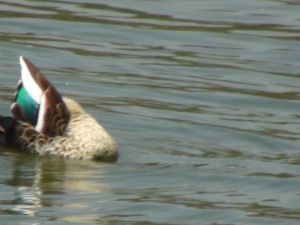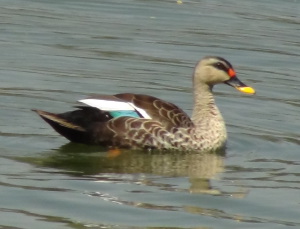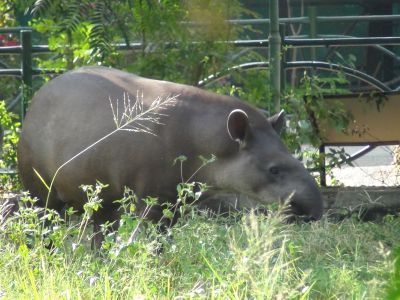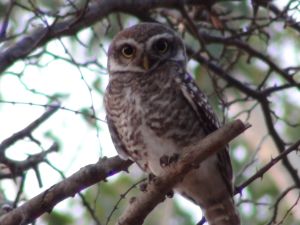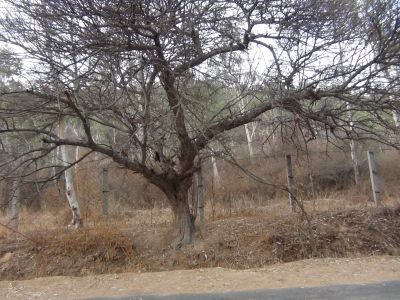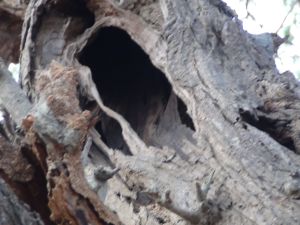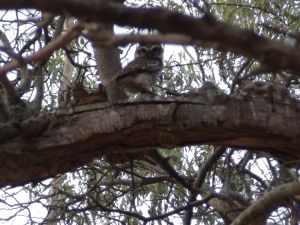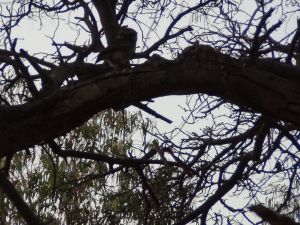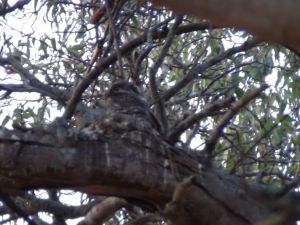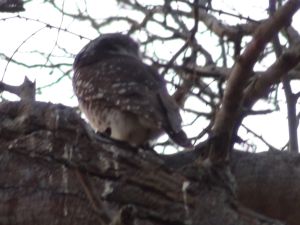I’ve seen zoos when I was a kid, and also when I was taking my son around. Usually I find them somewhat interesting for the first hour or so, after which my focus shifts to finding the way out. Animals don’t always pose well enough, the enclosures smell, the write-ups are faded and unreadable, and often describing a different animal from the one in the enclosure. I therefore assumed that visiting zoos as an adult would be quite foolish.
Then someone told me that Mysore zoo is the best in India, and I thought, here I am, in Mysore, let me give it a try. I was surprised at how enjoyable the trip was. I found the zoo well-planned and clean, the explanations outside the enclosure informative and written in an interesting way, and the entire path through the zoo clearly marked.
For example, I saw a sign that explained that giraffes were fed by placing leaves on tall poles in their enclosure so that they could feed themselves in the same way as they would eat leaves off trees in their natural habitat. Oh! I must have seen giraffes in just about every zoo I’ve visited since childhood, but I’d never noticed this before 🙂 I also saw a tapir, which is a highly endangered species (Wikipedia page on Tapir).


The zoo was remarkable also because there was, to my delight, no litter. I didn’t see any person (child or adult) misbehave with the animals. I even managed to catch some animals on my camera to save the memories.
A very good feature of the zoo was (maybe all zoos do it now) that it encouraged the public to adopt an animal, that is, participate in the upkeep of an animal of your choice by paying a fee. In front of many enclosures, there were signs giving the names of the persons who had paid for maintenance of the animals inside, along with the start and end date, and some of the names listed were celebrities and public figures. I thought that was a really cool idea (though I didn’t find out more details); if you are a lover of wild-life and want to contribute, you can probably get the details from the zoo authorities. The zoo (more formally known as Shri Chamrajendra Zoological Gardens) has a website at mysorezoo.info which includes inventory of animals and galleries of pictures 🙂 (this site seems to be having some problems)

